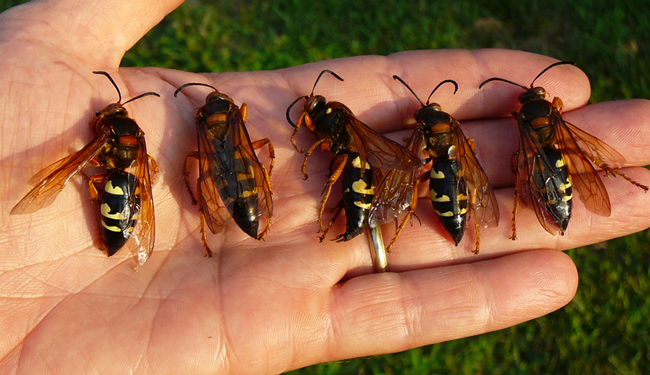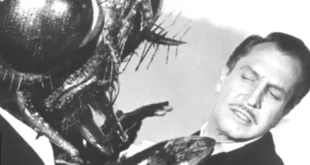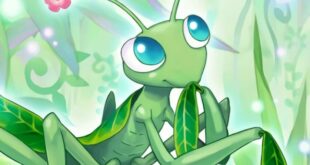Forget the cicadas. Right now, the insects who eat them are about to invade suburbia. These creatures have some of the oddest behaviors you’ve ever seen.
Tim Heffernan
The Atlantic
July 10, 2013
 The invasion of periodical cicadas is over, but a second insect invasion looms. Sphecius speciosus, the Eastern cicada killers, have begun to emerge. And they make the national media hype over the cicadas look rather misplaced. Hunting, warring, patrolling, tunneling, they do more in two months–the length of their adult lives–than periodical cicadas do in 17 years.
The invasion of periodical cicadas is over, but a second insect invasion looms. Sphecius speciosus, the Eastern cicada killers, have begun to emerge. And they make the national media hype over the cicadas look rather misplaced. Hunting, warring, patrolling, tunneling, they do more in two months–the length of their adult lives–than periodical cicadas do in 17 years.
With bodies up to two inches in length, huge jaws, and glossy black paintjobs streaked with yellow, they are unmistakable, and more than a little intimidating. They emerge in July and August, to coincide with the hatching of annual-cycle cicadas, their sole prey–larger cousins of the periodical cicadas the nation watched so obsessively earlier this summer.
Cicada killer females construct burrows that are small wonders of engineering and effort. Several feet long, and featuring numerous individual brood chambers at their far end, they require the excavation of hundreds of times the insects’ own weight in soil. The female killers manage the feat in just a few hours, using only their jaws and hind legs.
After that they hunt, for the so-called dog-day cicadas of genus Tibicen. A killer paralyzes a cicada with a single sting, but getting it back to the burrow can be an all-day affair. It may be three times the killer’s own weight–too heavy to properly fly with. Instead she drags it up the nearest tree, then launches herself, prey in claw, and glides as far as possible toward her burrow. She may have to repeat the process half a dozen times.
Back at the burrow, she deposits the paralyzed cicada in a brood chamber. Then she lays an egg and carefully tucks it beneath the cicada’s foreleg, beside the puncture wound from her sting. (The doomed creature looks, creepily, like a wizened old man with a baguette tucked under his arm.) The female then seals the chamber with dirt, the cicada still living and immobilized within it. A few days later the egg hatches and grub begins to eat the cicada alive, using the puncture wood as an entry point. Later, the grub spins a cocoon, in which it metamorphoses into an adult wasp, emerging the following year. (Footage of these behaviors has been kindly posted online by filmmaker Sam Orr, who is working on a documentary about the 17-year cicadas.)
Meantime, the males are trying to win mates. Each claims about a square yard of territory. But because the bare ground on which these territories are established is basically featureless, the boundaries are impossible for the other males to determine. The result is a constant war of all against all. (In one experiment, a researcher laid down a grid of wooden dowels, providing visual cues for territorial boundaries. The violence immediately dropped by 80 percent.) There’s a second indignity to male cicada killer life. Tethered by biological duty to their barren patches of earth, they get no relief from the sun, and spend the summer barfing on their own heads to generate a little evaporative cooling.
Despite being top predators, cicada killers are themselves frequently victimized by other insects. Some of these go after the killers’ grubs; Chuck Holliday, emeritus professor of biology at Lafayette College and a leading cicada killer expert, recalls seeing one such parasitic fly approach a burrow and, in full flight, drop its egg down the hole “like one of those thermobaric bombs we used at Tora Bora.” Aware of the danger, female cicada killers attempt to outwit these “satellite flies”–so named because they hover around the much larger wasps as if orbiting them–by dropping to the ground and remaining motionless for minutes at a time. Other cicada-killer antagonists go after the adults, spiking them with needle-like probosces and sucking out their guts–“the stuff of sand wasp nightmares, if they had them,” as the late entomologist and science writer Howard Ensign Evans drily put it in his masterwork.
 Daily Stormer The Most Censored Publication in History
Daily Stormer The Most Censored Publication in History


